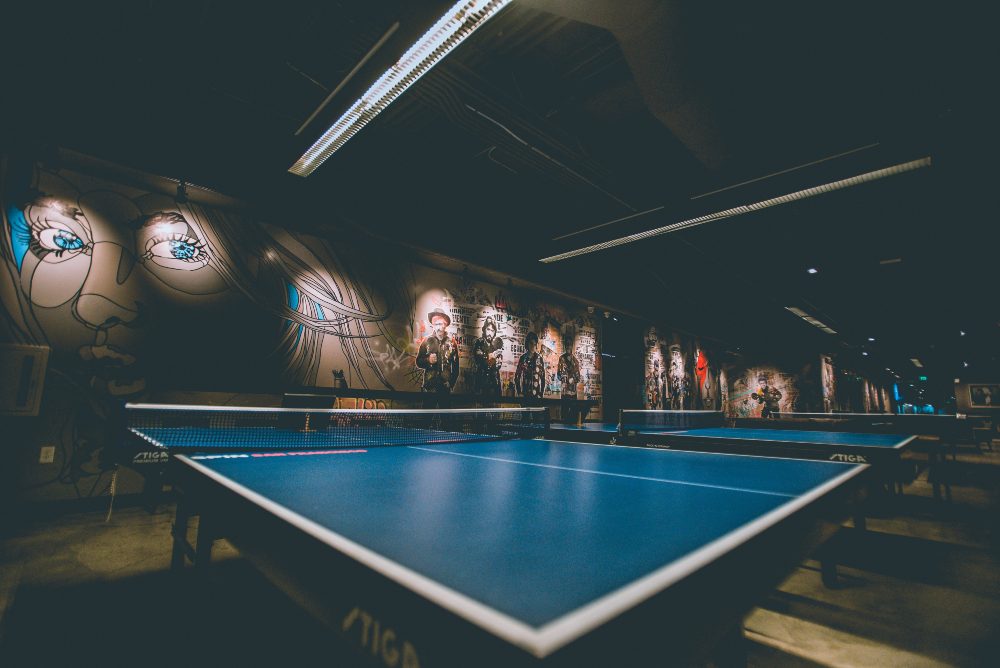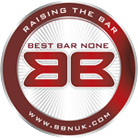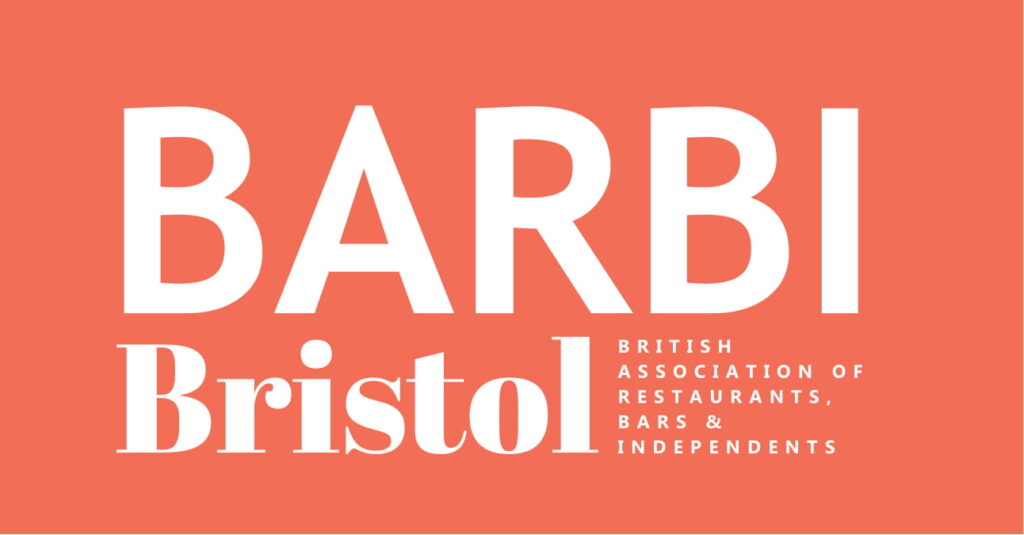What counts as competitive socialising?

Competitive socialising is a newly coined term but what it describes has roots within ancient culture. Heralding back to the times of ancient Mesopotamia, board games and other traditional pastimes have been a means for competition at social gatherings. And a good few millennia later, the more active games of darts, pool and even bingo have become longstanding staples commonplace within the nation’s hospitality hubs.
Yet, a new breed of entrepreneurs are taking social gatherings, and indeed hospitality as a whole, to the next level. The competitive revolution has already transformed unused retail spaces and listed buildings into social hubs for the young and the bold.
Some of your colleagues may have suggested shuffleboard. Family members may be keen to go axe-throwing. Maybe you’ve attended a mini-golf date. Whatever the weather, these immersive experiences are taking the nation by storm.
The statistics around competitive socialising
Looking at what’s happening socioeconomically can give us a clearer picture as to why competitive socialising has hit a run of form.
More fitness – 10.3 million people held a gym membership in 2021, that’s over 15% of the total UK population. This up from 5.7 million in 2017, a huge increase. The next generation is fitter, stronger and more acclimatised to everyday gaming.
Less alcohol – The UK’s largest recent study of drinking behaviours showed 16-to-25-year-olds were the most likely to be teetotal, with 26% not drinking, compared to the sober 15% of 55-to-74 year olds. They stipulated 49% of Gen Z said their online image is on their mind when they go out socialising and drinking. Less focussed on socialising around alcohol, the next generation are looking for experiences that gets them their money’s-worth.
More pictures – The number of photographs taken increases exponentially every year by about 10%-14%. Since its introduction in 2010, Instagram has over 2 billion active members, and it’s only getting younger. 70% of its users are under 35 years old, and they all want a personal gallery of great photos. Its these sought after immersive experiences which appeal to the influencer-generation.
More gaming – In spring of 2020, gaming quickly became the nation’s favourite pastime during the COVID outbreak. The UK gaming population increased by 63%. The sensory experience and competitive edge so closely associated with video gaming is being replicated by competitive socialising venues, adding augmented reality darts, cricket and football.
More competitive socialising – In 2021 KAM Media survey showed 48% of Londoners were aware of the term ‘competitive socialising’. The trend is snowballing as more and more customers and venue owners realise the popularity and adopt the trend.
How to adapt your venue for competitive socialising?

Here’s a list of competitive socialising activities which could be adopted by your venue:
- Table Tennis
- Beer Pong
- Arcade Games
- Table Football
- Mini Golf
- Darts
- Shuffleboard
- Cornhole
And more extreme competitive socializing immersive experiences include:
- Axe Throwing
- VR Simulators
- Escape Room
- Bingo
- Bowling
- Curling
There are some considerations venue owners should take before adapting their venue for competitive socialising. Here are three issues of importance which would need to be immediately addressed…

1. Booking Systems
Competitive socialising activities are in high demand. Venues will need to put in place a booking system to ensure the product is used efficiently and safely. This will also help with recording usage.
Leeds hosts a variety competitive socialising bars with games and activities. Many operate through an online booking system allowing customers to pre-book events and arrive in a group. Yet, for smaller offerings such as beer pong, table tennis or shuffleboard, most have a dedicated member of staff on hand to cater to in person requests. The equipment is then rented by customers.
Venue owners who plan to adopt a competitive socialising offering may need to invest in a booking system, and then alongside it, cyber security and cyber insurance.
2. Increased Security for Competitive Socialising Events
Increasing your offering at your venue will hopefully increase custom. However this will put a greater strain on your security procedures and resources. Reassessing your security risks would be a good start to intensifying security at your venue.
Screen your staff and train them on how to set up and run the competitive socialising equipment you have put in place. Keep your security measures visible, including barriers and a queueing system. Health and Safety risks involved in your event also need to be addressed.
3. Competitive Socialising Venue Insurance
More equipment will often mean an increase to the policy limits. Venue owners who invest in their premises and entertainment often leave themselves at risk of underinsurance. The risk of underinsurance has been exasperated by inflation, increasing the cost of equipment, materials, and stock. Hospitality business owners need to make sure they at not underinsured by contacting their broker before making changes to their premises.
More events may mean more customers and more staff. Businesses always need to make sure they have substantial public liability and employers’ liability in place that can cover the full capacity of their venue.
For more information on how adopting a competitive socialising offering will affect your insurance in real terms, talk to an account handler at NDML. Our industry experts will be able to relay all the necessary details and possible additions to your cover required.







